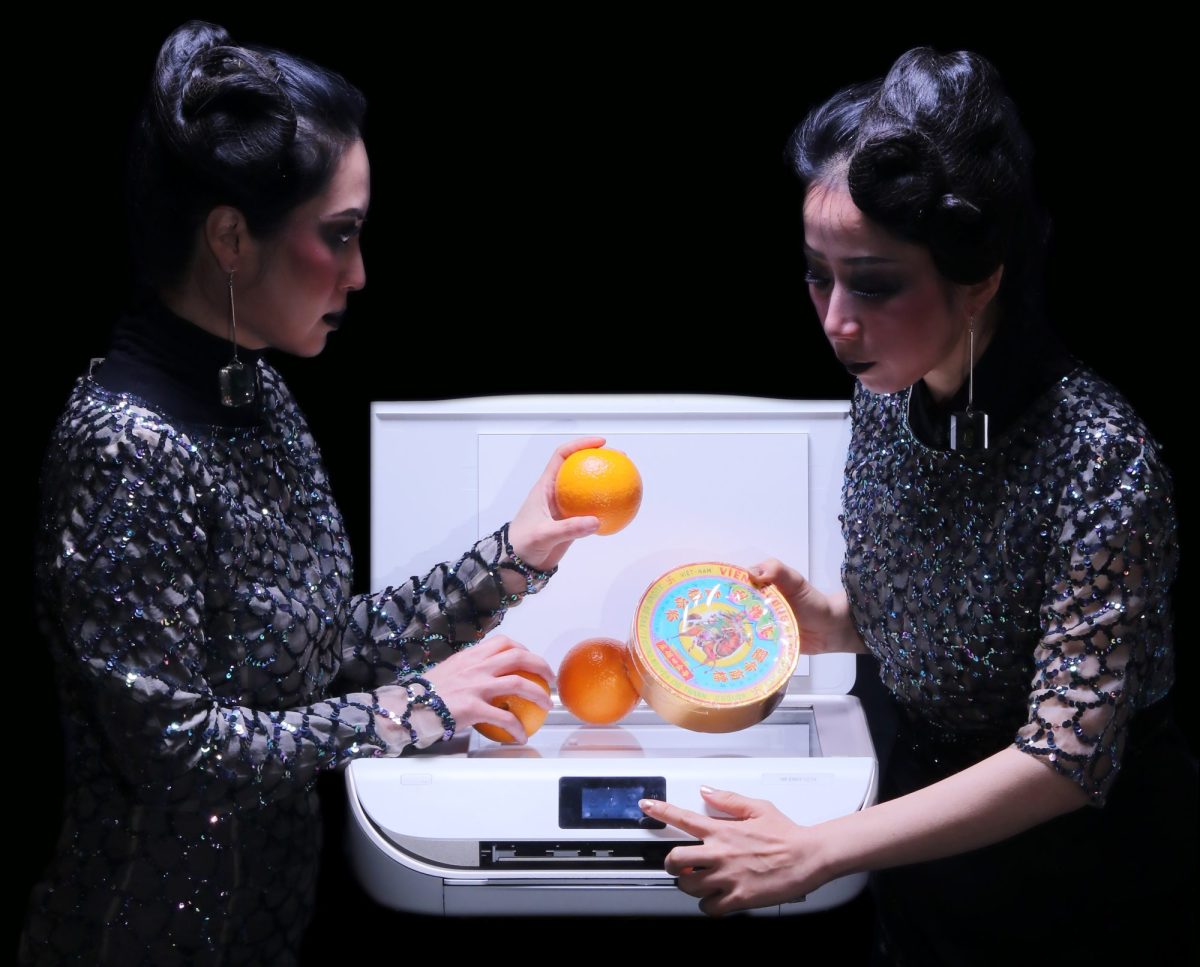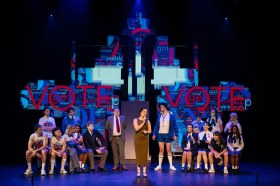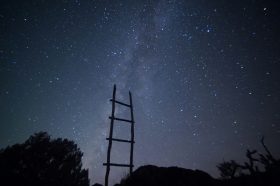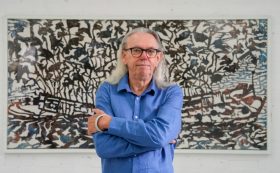In 2025, Melbourne’s Asia TOPA festival returns in full force, promising to be a reimagined celebration of the Asia-Pacific’s vibrant arts and culture. For the first time, the festival is led by a diverse cohort of Asian-Australian creatives, with Jeff Khan at the helm. Khan, a long-time fixture in the Australian arts scene, brings his rich background as an Indian-Australian artist and curator to a festival that’s more inclusive, experimental and thought-provoking than ever before.
This year’s iteration of Asia TOPA marks a significant shift in the festival’s programming. The curation and direction have been infused with a deep commitment to decolonising the arts, placing a stronger focus on local Australian Asian artists alongside international talent. One of the most exciting innovations is the introduction of ‘Knowledge and Process Labs‘, which open up multiple access points for audiences to engage with art, culture and ideas. This collaborative initiative invites artists and audiences into a shared space for deeper reflection, allowing visitors to immerse themselves in the processes behind the art they see.





